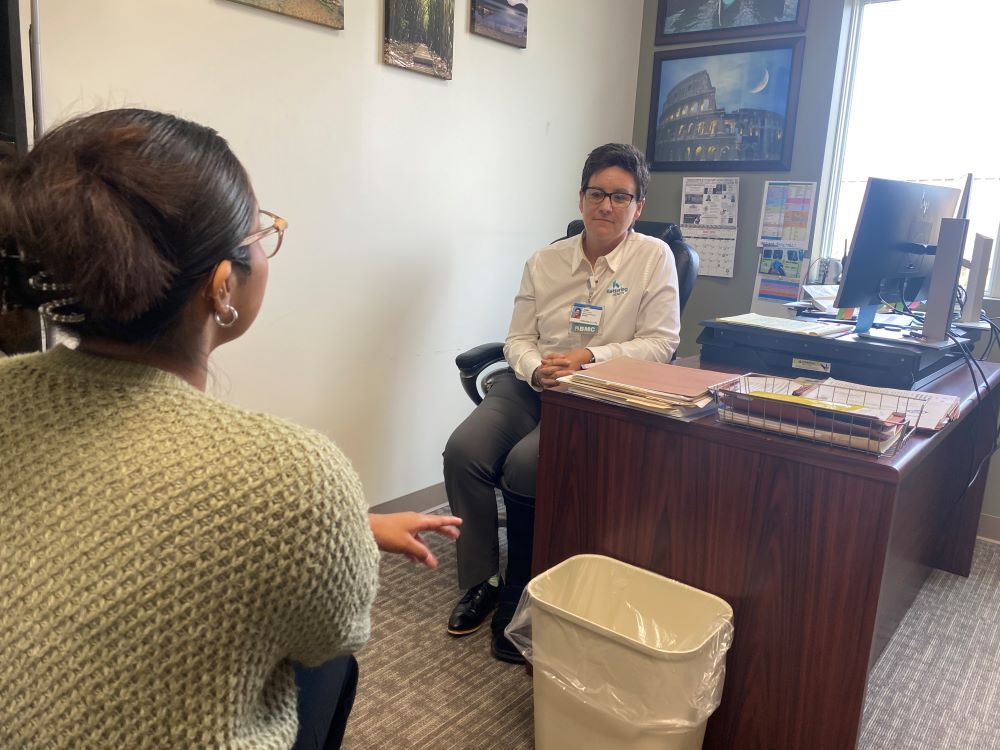Behavioral and Mental Health
Want to learn more about this at Kettering Health?
For some, the transition from summer to fall is all about pumpkin-flavored desserts and cozy sweaters. But for others, it means Seasonal Affective Disorder (SAD) is right around the corner.
If you struggle with SAD, you might feel hopeless or anxious as the seasons change. But Julie Manuel, clinical program manager at Kettering Health Behavioral Medical Center, offers steps you can take to prepare.
What is SAD?
SAD is a form of depression that impacts people during specific seasonal timeframes. It can occur during any season, but most people experience SAD during the winter. And it’s more likely to affect those in northern states.
Shorter days and less sunlight result in decreased levels of serotonin—the happy hormone—and increased levels of melatonin—the sleep hormone—which disrupts our circadian rhythms and can make us feel lethargic, irritable, anxious, and depressed.
Symptoms of SAD include
- loss of energy
- loss of interest in activities
- Isolation or withdrawal from social settings
- thoughts of self-harm or suicidal ideation
If you are someone who struggles with SAD each year, taking the time to prepare can make a big difference.
Preparing for SAD
Plan ahead
The first thing Julie recommends is to plan ahead to make sure you get out of the house from time to time. Make plans with your friends, join social groups in your area, sign up for fitness classes, or even plan a small vacation.
When depression hits, it’s easy to isolate yourself from others and feel hopeless for the future. But planning ahead ensures you won’t get caught in this thought cycle.
“It’s something to look forward to so that you have sunshine ahead,” says Julie, “but it’s also keeping yourself structured.”
Planning regular outings also helps create a routine for yourself.
Create a routine
According to Julie, establishing a routine with healthy habits is an essential part of preparing for SAD. Taking care of yourself when depressed can be challenging, but a routine makes it easier. Starting your routine early will help you stick with it during challenging times.
Focus on what is practical for you, not what you think you should be doing. This could mean going for a run when you wake up or taking a few minutes to stretch each morning. The goal is to incorporate small habits that help you be the best version of yourself.
“The key is to build a routine that fits your life that you will be held accountable to.”
Regular exercise, getting enough sleep, and eating healthy are good habits that reduce symptoms of depression.
It’s also important to ask for help if you know you’ll need it. This includes seeing a therapist and talking with your doctor about antidepressants. Struggling with SAD can feel overwhelming, but there is hope.










